Brittany is a northwest region of France known for its Celtic culture and stunning coastal views.
If you’re interested in learning more about Interesting Facts About Brittany, France, then you’ve come to the right place. In this blog post, we’ll introduce you to this fascinating cultural region and give you a few examples of some of the interesting things that make it so unique.
Brittany is a great place to visit if you’re looking for a beautiful and culturally rich European destination.
So, if you’re planning a trip to France, be sure to add Brittany to your list of places to see! It’s definitely worth the visit.
What is Brittany France known for
Brittany is a French region located in northwestern France and is known for its Celtic culture. The region is home to many ancient Celtic monasteries and churches, as well as the Breton language, which is still spoken by a large number of people in Brittany today.
If you want to learn more facts about metropolitan France facts
Location of Brittany
Regions Brittany is located on the northwest coast of France and is bordered by the English Channel to the north and the Atlantic Ocean to the west. This location makes Brittany a popular destination for tourists, as it offers easy access to both the English Channel and the Atlantic Ocean.
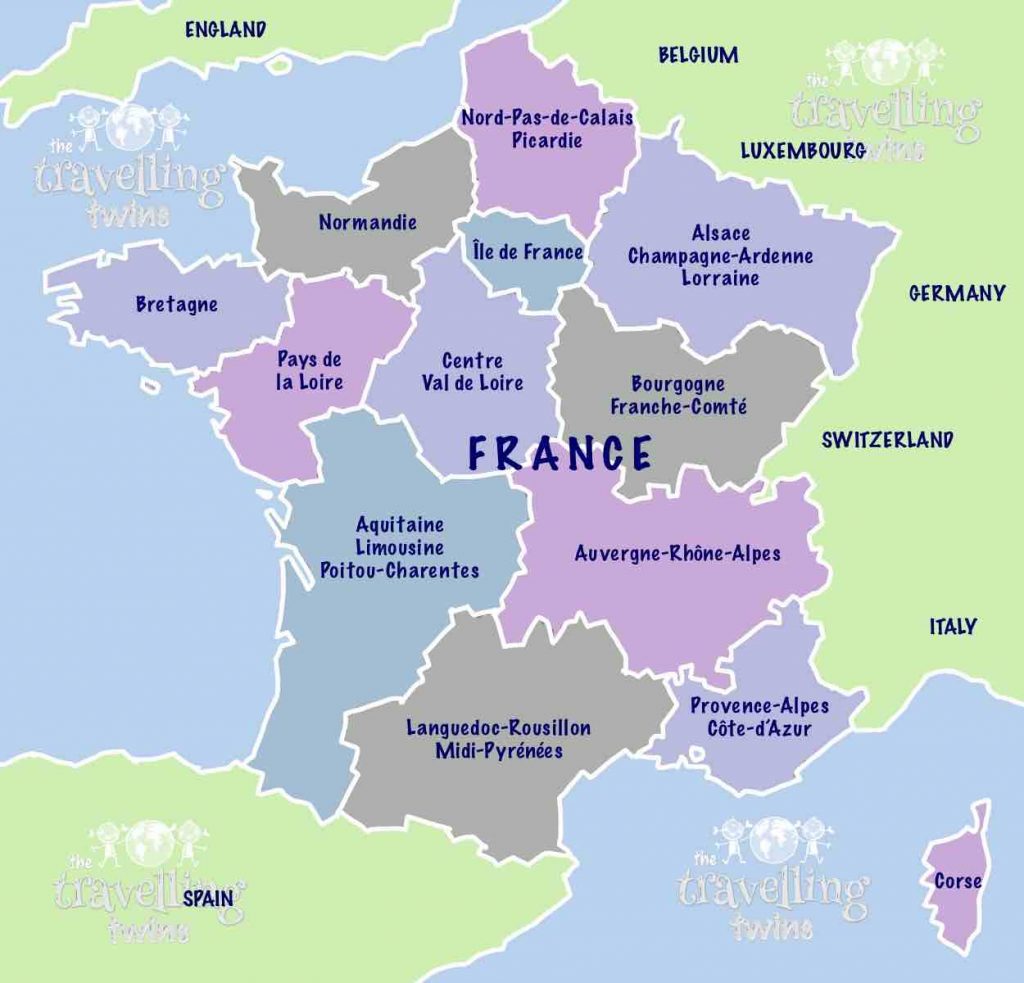
Historical regions of Brittany
The region of historical Brittany comprises four historical Breton départements: Côtes-d’Armor, Finistère, Ille-et-Vilaine, and Morbihan (on the southern coast). Each of these départements has its own unique culture and history, making Brittany a fascinating place to visit.
Symbols of Breton Identity
Brittany is also known for its Breton tradition, language and traditional costumes. The Breton traditions in Brittany date back to the Celts, who were the original inhabitants of the region.
Breton Language
The Breton language is unique to Brittany and is spoken by a large number of people in the region – especially in Lower Brittany. It’s a Celtic language that evolved from the Gaulish language, which was spoken in France before the Roman invasion. The Breton language is still used today for many purposes, such as in schools and in the media.
The Breton language is a Celtic language that is still spoken by a large number of people in Brittany today. traditional Breton speaking areas are in lower Brittany
All the road sign in Brittany are in French and in Breton.
Traditional Breton Costumes
The traditional Breton costumes are also unique to Brittany and are often worn by Breton people during special occasions, such as weddings and religious festivals. The costumes vary from region to region but typically consist of a white blouse, a black skirt, and a colorful apron.
Breton flag
The Breton flag is a symbol of Breton’s identity and is often seen flying in Brittany. It consists of 9 black and white stripes and ermine canton symbols in the corner.
The Brittany flag is called the Gwenn ha du (pronounced “Gwen-hah-doo”), which means “white and black” in Breton.
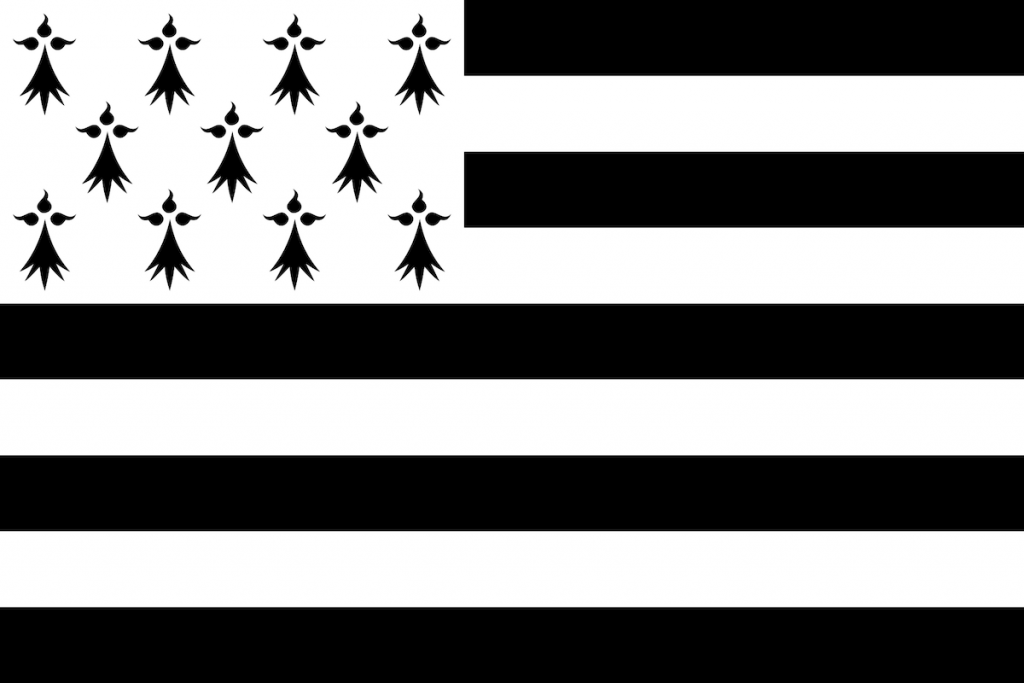
Celts
Did you know that Brittany is actually one of the seven Celtic nations? The other six are Ireland, Scotland, Galicia, Wales, Cornwall and the Isle of Man. Each of these Celtic nations has its own unique culture and history, which makes them all fascinating places to visit.
Brittany’s name and history
Brittany is often called Lesser Britain or Little Britain because of its close ties to Great Britain. The region has been closely linked to Great Britain, the French name for Great Britain, “Grande-Bretagne”, since the medieval period, and the two countries share many linguistic and cultural similarities.
The region of Brittany is named after a Celtic tribe known as the Britons, who inhabited the region during the Roman period. The Britons were a Celtic tribe who migrated from Britain to Brittany in the late 4th century. The region was eventually conquered by the Franks in the 8th century, and the name Brittany was eventually adopted by the region.
Brittany was an independent duchy until 1533. The duchy of Brittany was dissolved in 1532 when Francis I (King of France) annexed it to the Kingdom of France.
What to eat in Brittany
Brittany is known for its seafood, and dishes like mussels and oysters are popular in the region. The region is also home to many traditional French foods and dishes, such as crepes and galettes (a type of Breton pancake).
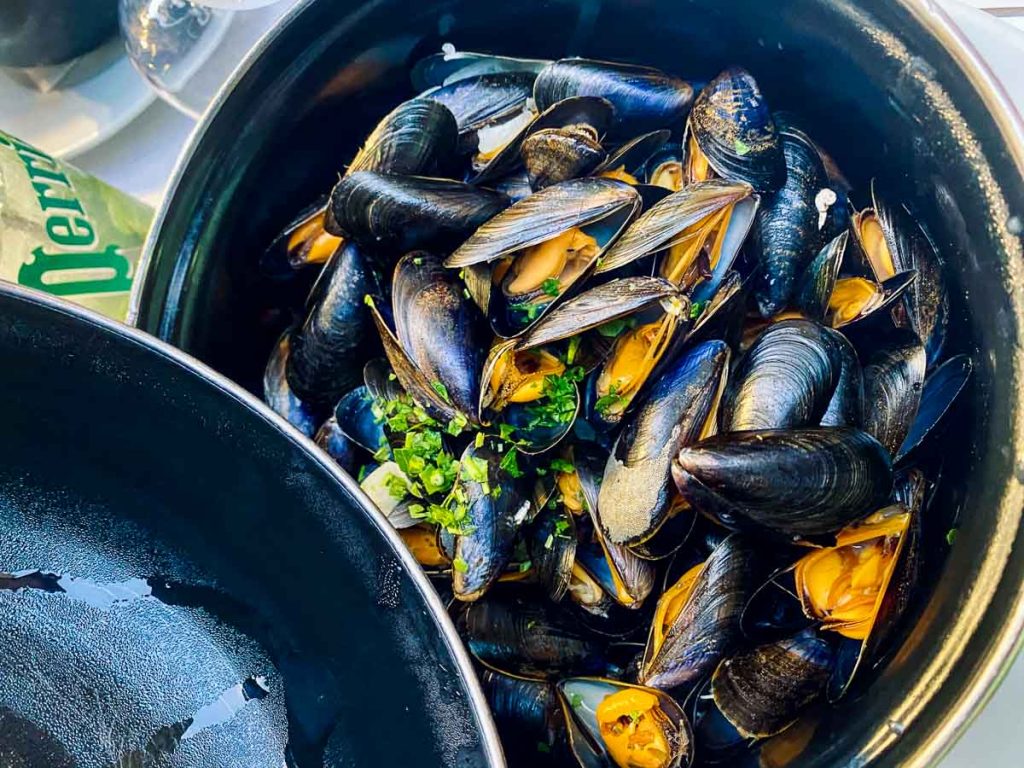
So when you here do order a seafood platter, And, of course, no visit to Brittany would be complete without trying some of the region’s delicious cider.
Beautiful places to see in Brittany
Brittany is a beautiful region of France that is home to some stunning coastal views. The coastline of Brittany is dotted with rocky cliffs, sandy beaches, and quaint fishing villages. Some of the most popular places to visit in Brittany include:
The Isle of Brehat: This small island off the coast of Brittany in the Morbihan Gulf is a popular tourist destination for its stunning scenery and relaxed atmosphere.
The Pink Granite Coast:
The Pink Granite Coast is one of the most beautiful coastal areas in Brittany and is a must-see for anyone visiting the region. The rocks of the Pink Granite Coast get their colour from a type of algae that grows on them, and the coastline is a popular spot for hiking and swimming.
The Mont Saint-Michel
The Mont Saint-Michel: This iconic medieval monastery located on a French island on the English Channel is one of the most popular tourist destinations in Brittany. The monastery was built in the 9th century and is now a UNESCO World Heritage Site. The Mont Saint Michel is one of the famous French Landmarks.
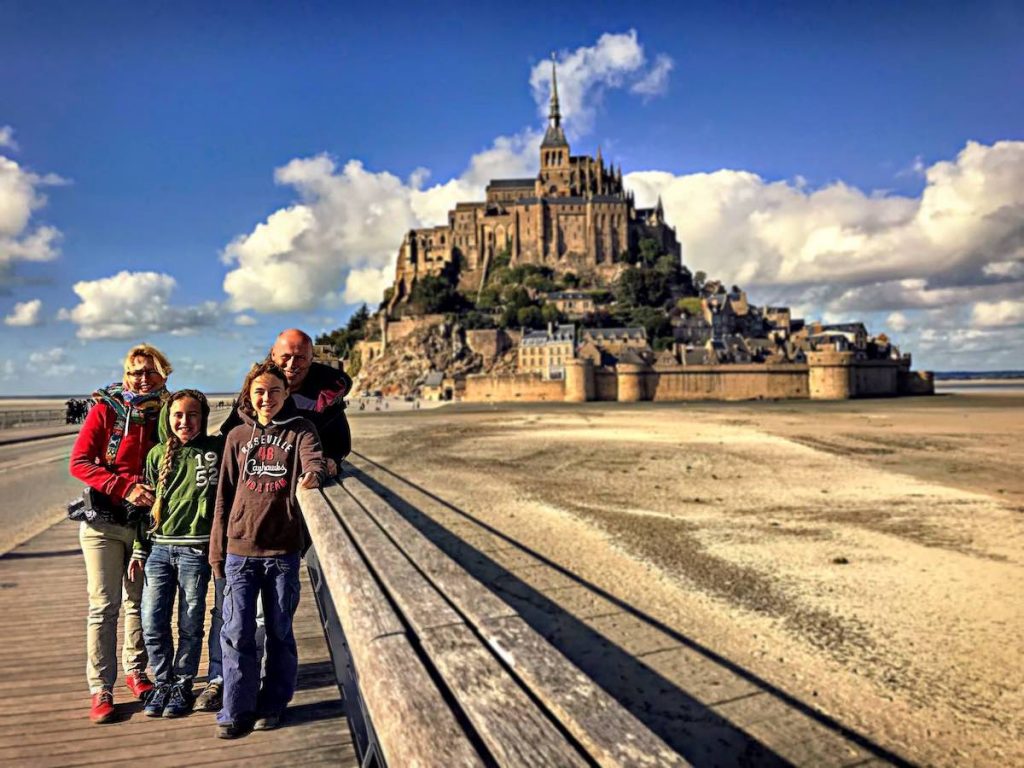
Saint-Malo
Saint-Malo: This historic walled city is located on the coast of Brittany and is a popular destination for its beautiful beaches and medieval buildings.
Saint-Malo is a spa resort town ( in the north of Brittany, France. The town is built in granite rock and is located on the English Channel. Saint-Malo, like other fortified towns is most famous for its impressive castle, which dates back to the 16th century. The town also has a beautiful cathedral, which is dedicated to Saint Vincent.
Rochefort-en-Terre
Rochefort-en-Terre is a charming town located in the southeast of Brittany and is home to a population of just over 2,000 people. Rochefort-en-Terre is known for its picturesque streets and its beautiful medieval castle, which dates back to the 15th century. The town is also home to a number of art galleries and museums, which are worth a visit if you’re in the area.
Belle Île en Mer
Belle Île en Mer is a beautiful island located off the coast of Brittany in France. The island is known for its stunning natural scenery, which includes rocky cliffs, sandy beaches, and dense forests. The island is also home to a number of medieval villages and churches, which are worth a visit if you’re in the area.
The Chapel of Saint-Michel-en-Thiérache
– The Chapel of Saint-Michel-en-Thiérache is the oldest surviving wooden building in Europe, and it is home to the oldest surviving wooden building in Europe. The Chapel of Saint-Michel-en-Thiérache was built in the early 1100s and is still standing today.
The Carnac Stones
The Carnac Stones are a collection of ancient standing stones that are thought to be some of the oldest in Europe. it is as well the world’s largest collection of standing stones
As you can see, Brittany is a fascinating region with a lot to offer visitors. But if you’re looking for something a little more medieval, then be sure to check out some of the towns in Brittany. Some of the best medieval towns in Brittany include:
Cites in Britanny you should visit
Rennes – the capital of modern Brittany
Rennes is the capital of Brittany and the most populated city in Brittany. It’s a historic city with plenty of medieval architecture. The city is located in the north of Brittany and is home to a population of over 220,000 people. Rennes is a popular destination for tourists, thanks to its charming old town and its impressive castle, which dates back to the 16th century.
Nantes
Nantes is a historic city located in western Brittany. Nantes officially is of the Pays-de-la-Loire, but it was the capital of Brittany for hundreds of years.
The city is known for its beautiful old town and its impressive castle, which dates back to the 16th century.
The city is home to a population of over 290,000 people and is known for its beautiful medieval architecture. Nantes is also a popular destination for tourists, thanks to its many museums and art galleries.
Vannes
Vannes is a charming town on the coast that is home to the Vauban fortifications and is known for its well-preserved medieval buildings. Vannes is also a popular destination for tourists, thanks to its beautiful beaches and port.
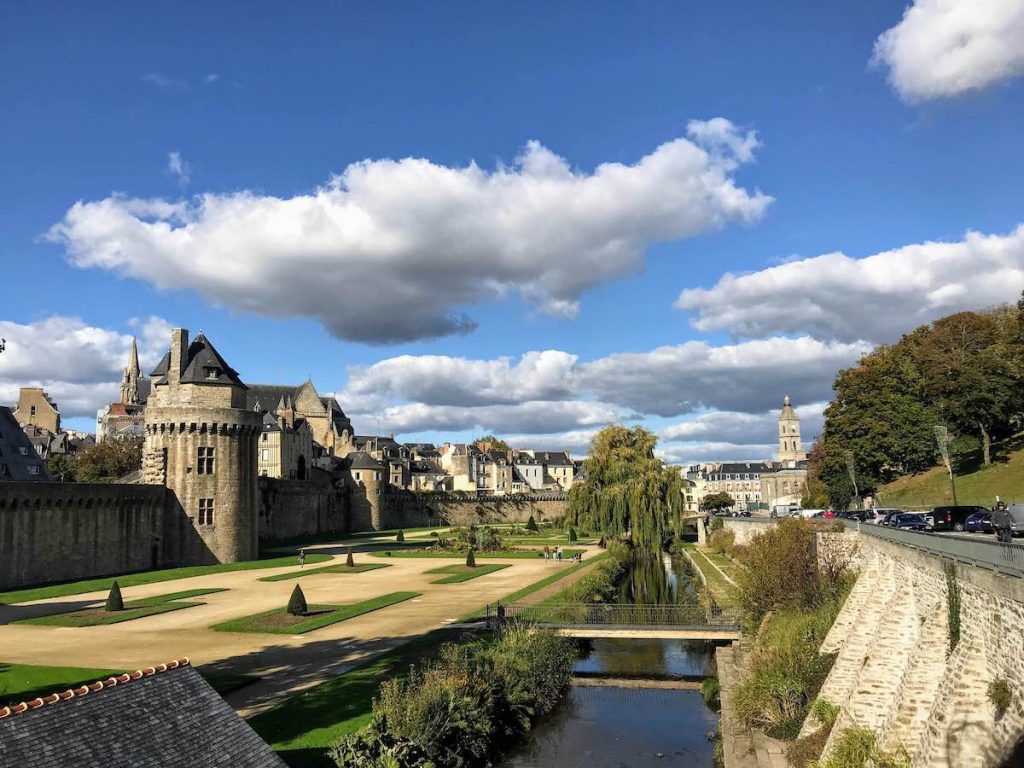
Dinan
Dinan, a picturesque town on the River Rance that is known for its half-timbered houses
– Concarneau, a town with a well-preserved old town and a beautiful harbor
Brittany Coastline
The Brittany coastline is a great place for sailing, with over 2,700 km of coastline to explore. All of the main seaside resorts in Brittany have yacht clubs, so there is no shortage of places to sail in the region. The Brittany coastline is also home to a number of beautiful beaches, which make for perfect stopovers on your sailing trip.
800 islands in Brittany
There are over 800 islands in Brittany, which make for the perfect destination for a sailing trip. The islands are located in the Gulf of Morbihan and offer a variety of landscapes, from rocky cliffs to sandy beaches.
Agriculture in Brittany
Brittany is also an important agricultural region in France, with a number of farmlands. Pork farming, chicken farming, cattle farming, and dairy farming are the main types of agriculture in Brittany.
Brittany – Salt Production
Salt production is an important industry in Brittany, with a number of salt marshes located along the coast. The marshes are used to produce salt, which is then exported to other parts of France and Europe. The salt production industry in Brittany is worth around €100 million per year and employs over 1,000 people.
Weather in Brittany
The weather in Brittany is temperate, with average temperatures ranging from 9 degrees Celsius in the winter to 21 degrees Celsius in the summer. The region also experiences a fair amount of rainfall, so be sure to pack your raincoat if you’re visiting Brittany in the spring or fall.
Facts about Brittany – Summary
Region Brittany is also known for its stunning coastal views. The region is home to thousands of miles of beautiful coastline, which is perfect for those who love to spend time by the sea.
So, if you’re looking for a beautiful and culturally rich European destination, be sure to add Brittany to your list. With its stunning coastal views, charming medieval villages, and rich Celtic culture, Brittany is a region not to be missed.
Facts about Bretagne – Pin It for later
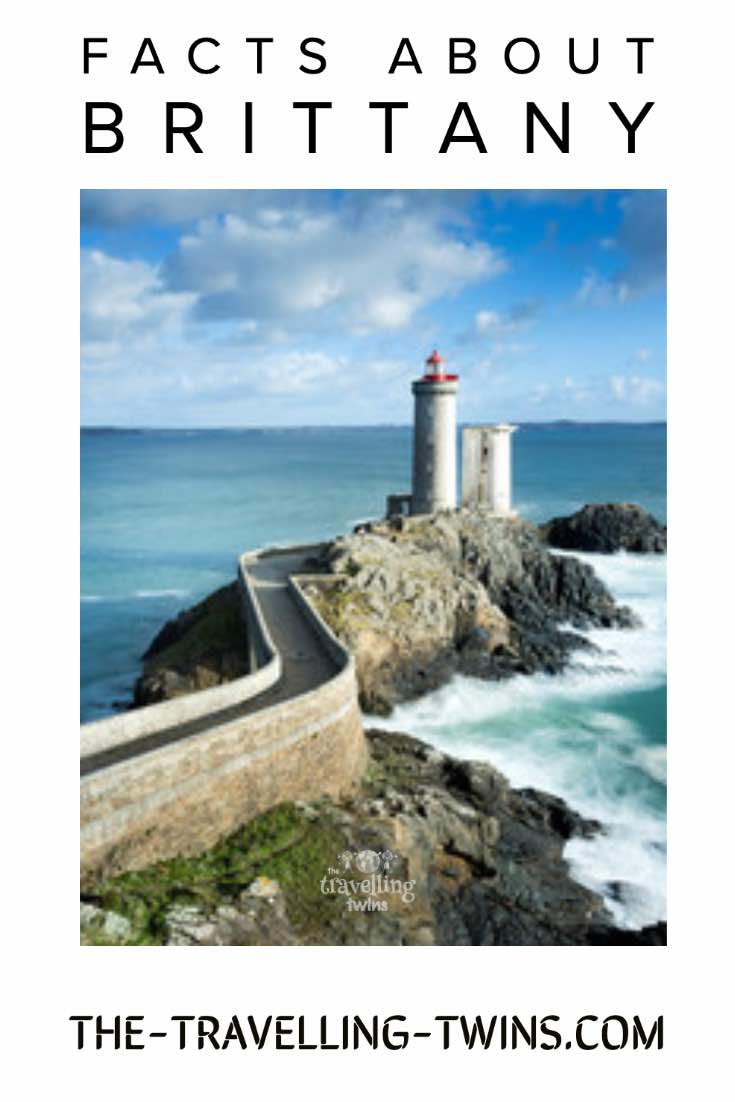
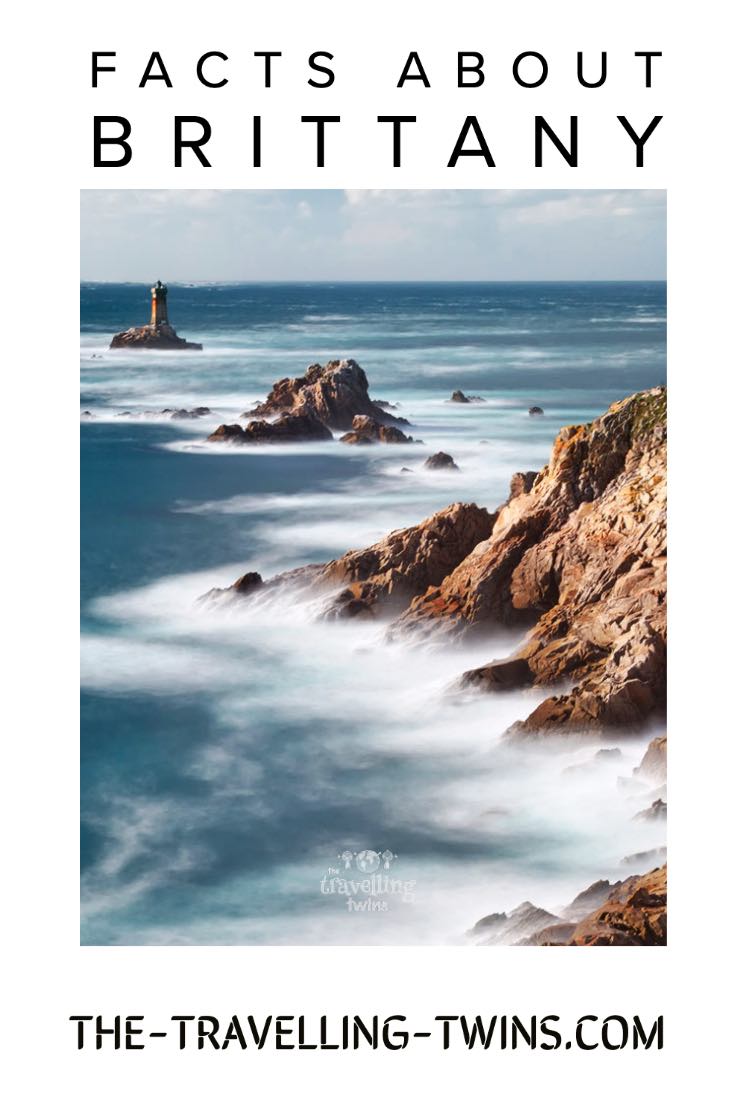
Privacy Policy Disclaimer
This website uses affiliate links for income and support.
If you like our website, please consider using these links. You will be directed to the vendor, and we will get a small commission on your purchase price at no increased cost to you.
We have researched facts stated here as far as practicable but please check anything critical before committing your time and money. We do not claim any special knowledge or expertise, and we are not consultants for our readers.